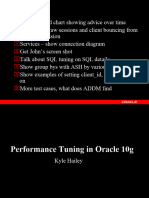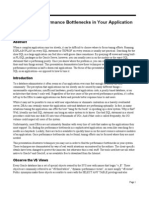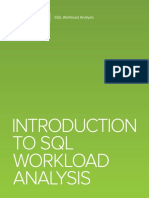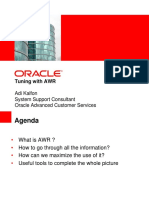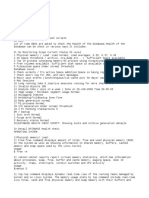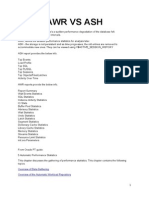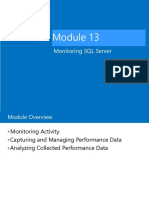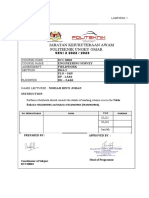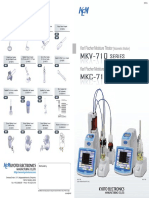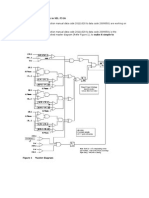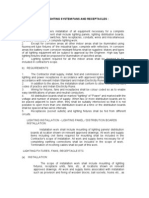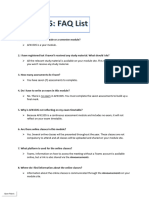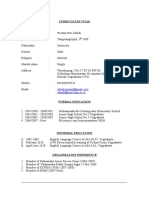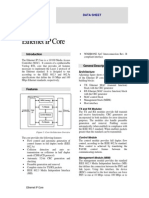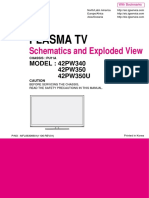0% found this document useful (0 votes)
69 views16 pagesMonitoring and Tuning The Database
The document discusses monitoring the performance of an Oracle database using features in Oracle Database. It provides an overview of the Database Home page which enables monitoring of general database state, workload, performance metrics, resource utilization, SQL activity, incidents, and running jobs. The Performance Hub allows viewing performance data for a specified time period across various tabs including summary, RAC, activity, and workload.
Uploaded by
Flávio JuniorCopyright
© © All Rights Reserved
We take content rights seriously. If you suspect this is your content, claim it here.
Available Formats
Download as DOCX, PDF, TXT or read online on Scribd
0% found this document useful (0 votes)
69 views16 pagesMonitoring and Tuning The Database
The document discusses monitoring the performance of an Oracle database using features in Oracle Database. It provides an overview of the Database Home page which enables monitoring of general database state, workload, performance metrics, resource utilization, SQL activity, incidents, and running jobs. The Performance Hub allows viewing performance data for a specified time period across various tabs including summary, RAC, activity, and workload.
Uploaded by
Flávio JuniorCopyright
© © All Rights Reserved
We take content rights seriously. If you suspect this is your content, claim it here.
Available Formats
Download as DOCX, PDF, TXT or read online on Scribd
/ 16





